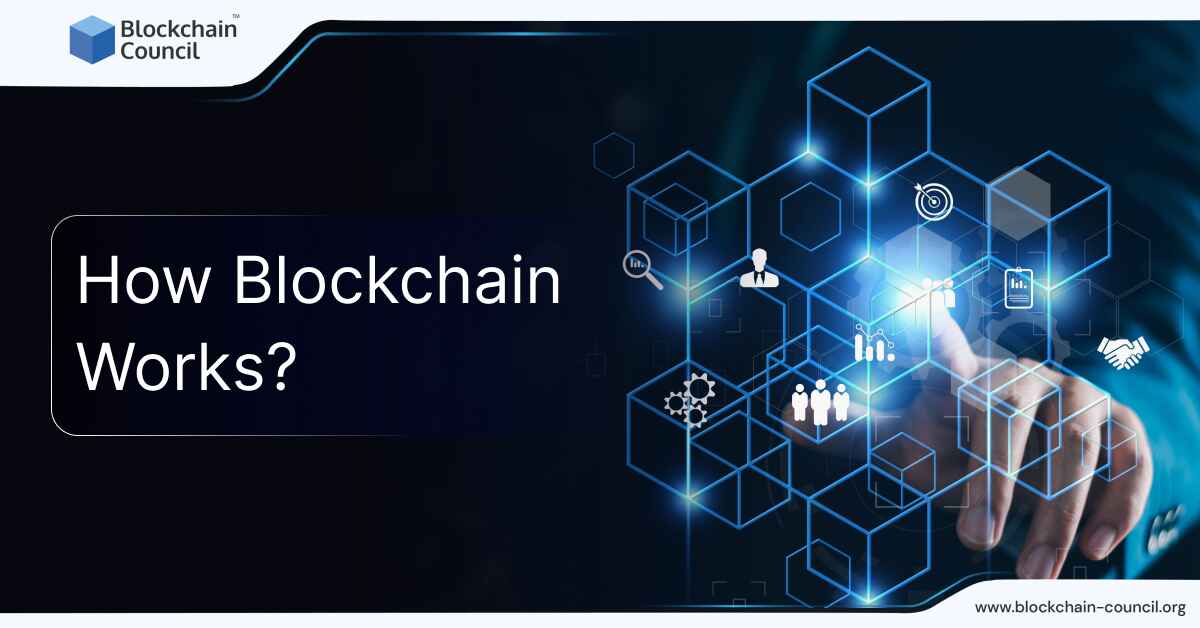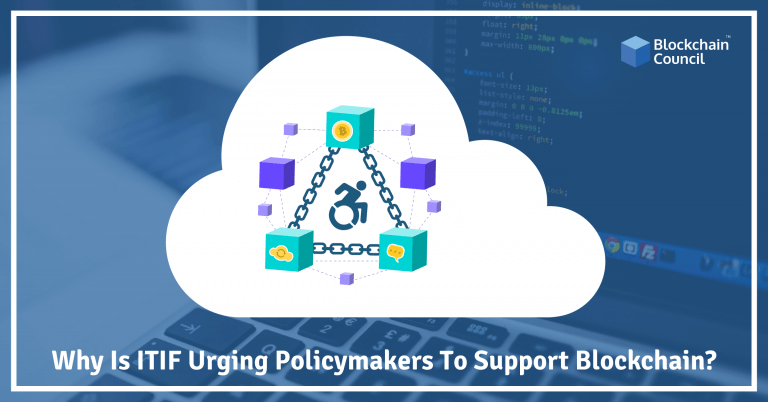
- Blockchain Council
- September 02, 2024
Introduction
In the digital age, where data is often centralized and vulnerable to manipulation, blockchain emerges as a revolutionary technology offering transparency, security, and decentralization. While blockchain gained prominence as the underlying technology powering cryptocurrencies like Bitcoin, its applications extend far beyond digital currencies. In this article, we delve into the intricacies of blockchain, exploring its fundamentals, workings, applications, and potential impact on various industries.
Fundamentals of Blockchain
At its core, blockchain is a decentralized and distributed ledger technology that records transactions in a transparent and immutable manner. Unlike traditional centralized databases, which are controlled by a single authority, blockchain operates on a network of nodes, with each node maintaining a copy of the entire ledger. Transactions on the blockchain are grouped into blocks, which are cryptographically linked to form a chain, hence the name “blockchain.”
Key Components of Blockchain
- Decentralization: Blockchain operates on a decentralized network of nodes, eliminating the need for a central authority to validate transactions. This decentralization ensures that no single entity has control over the network, making it resistant to censorship and manipulation..
- Transparency: All transactions on the blockchain are recorded in a transparent and immutable manner, visible to all participants in the network. This transparency fosters trust and accountability, as transactions cannot be altered or deleted once they are recorded on the blockchain.
- Immutability: Once a transaction is recorded on the blockchain, it is immutable and cannot be tampered with. This is achieved through cryptographic hashing, which ensures that any changes to the data in a block would alter its hash, thereby invalidating the entire chain.
How Blockchain Works
- Transaction Initiation: A transaction is initiated when one party sends a digital asset or piece of data to another party on the blockchain network. This transaction is broadcast to the network and awaits validation.
- Verification and Consensus: Transactions on the blockchain are verified and validated by network nodes through a process called consensus. Depending on the consensus mechanism used (e.g., proof-of-work, proof-of-stake), nodes compete to validate transactions and add them to the blockchain.
- Block Formation: Validated transactions are grouped together into blocks, which are then added to the blockchain in a chronological order. Each block contains a cryptographic hash of the previous block, forming a chain that links all blocks together.
- Mining and Incentives: In some blockchain networks, miners play a crucial role in validating transactions and adding new blocks to the chain. Miners are incentivized with rewards, such as newly minted coins or transaction fees, for their computational efforts.
Applications of Blockchain
- Cryptocurrencies: Blockchain gained prominence as the underlying technology powering cryptocurrencies like Bitcoin and Ethereum. These digital currencies leverage blockchain to facilitate secure and transparent peer-to-peer transactions without the need for intermediaries.
- Supply Chain Management: Blockchain has the potential to revolutionize supply chain management by providing a transparent and immutable record of product movement and transactions. This enhances traceability, reduces counterfeiting, and improves efficiency in supply chains.
- Smart Contracts: Smart contracts are self-executing contracts with the terms of the agreement directly written into code. Blockchain platforms like Ethereum enable the deployment of smart contracts, which automate and enforce the execution of contractual agreements without intermediaries.
- Identity Management: Blockchain can be used to create decentralized identity management systems, where individuals have control over their personal data and digital identities. This enhances privacy, security, and interoperability across different platforms.
Challenges and Limitations
Despite its potential, blockchain technology faces several challenges and limitations:
- Scalability: Blockchain networks, particularly public blockchains, face scalability issues in terms of transaction throughput and processing speed. As the number of users and transactions increases, network congestion and transaction fees may rise, hindering scalability.
- Interoperability: The lack of interoperability between different blockchain platforms and networks poses a challenge for seamless data exchange and collaboration. Efforts are underway to develop interoperability protocols and standards to address this issue.
- Regulatory Uncertainty: The regulatory landscape surrounding blockchain and cryptocurrencies is still evolving, with different jurisdictions adopting varying approaches to regulation. Regulatory uncertainty can inhibit innovation and adoption in the blockchain space.
- Environmental Impact: Some blockchain networks, especially those that rely on proof-of-work consensus mechanisms, consume a significant amount of energy. This has raised concerns about the environmental impact of blockchain technology and the need for more sustainable alternatives.
Future Outlook
Despite these challenges, the future outlook for blockchain remains promising. As the technology matures and evolves, we can expect to see greater adoption and integration across various industries and sectors. Interoperability solutions, scalability improvements, and regulatory clarity will be key drivers of blockchain’s mainstream adoption. Ultimately, blockchain has the potential to transform industries, disrupt existing business models, and empower individuals by decentralizing control over data and assets.
Conclusion
In conclusion, blockchain represents a fundamental shift in the way we store, manage, and exchange data and value in the digital age. From cryptocurrencies to supply chain management and beyond, blockchain technology offers unparalleled transparency, security, and decentralization. While challenges and limitations exist, the transformative potential of blockchain cannot be overstated. As we continue to explore and harness the power of blockchain, we embark on a journey towards a more decentralized, transparent, and equitable future.




































































 Guides
Guides News
News Blockchain
Blockchain Cryptocurrency
& Digital Assets
Cryptocurrency
& Digital Assets Web3
Web3 Metaverse & NFTs
Metaverse & NFTs
